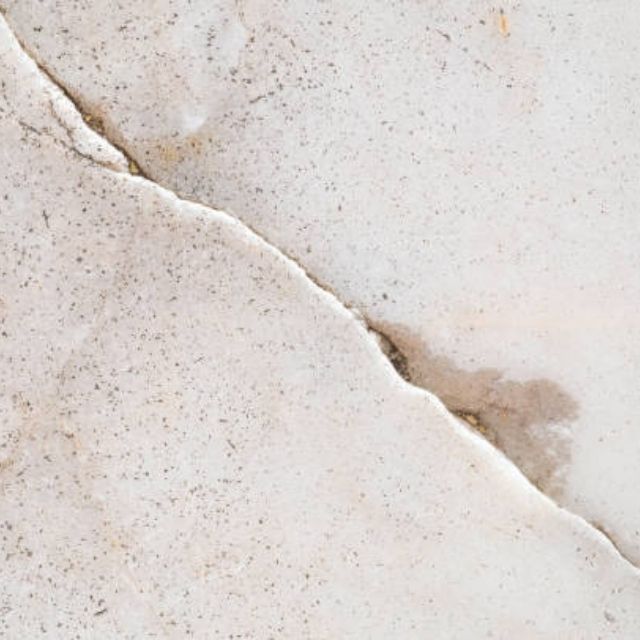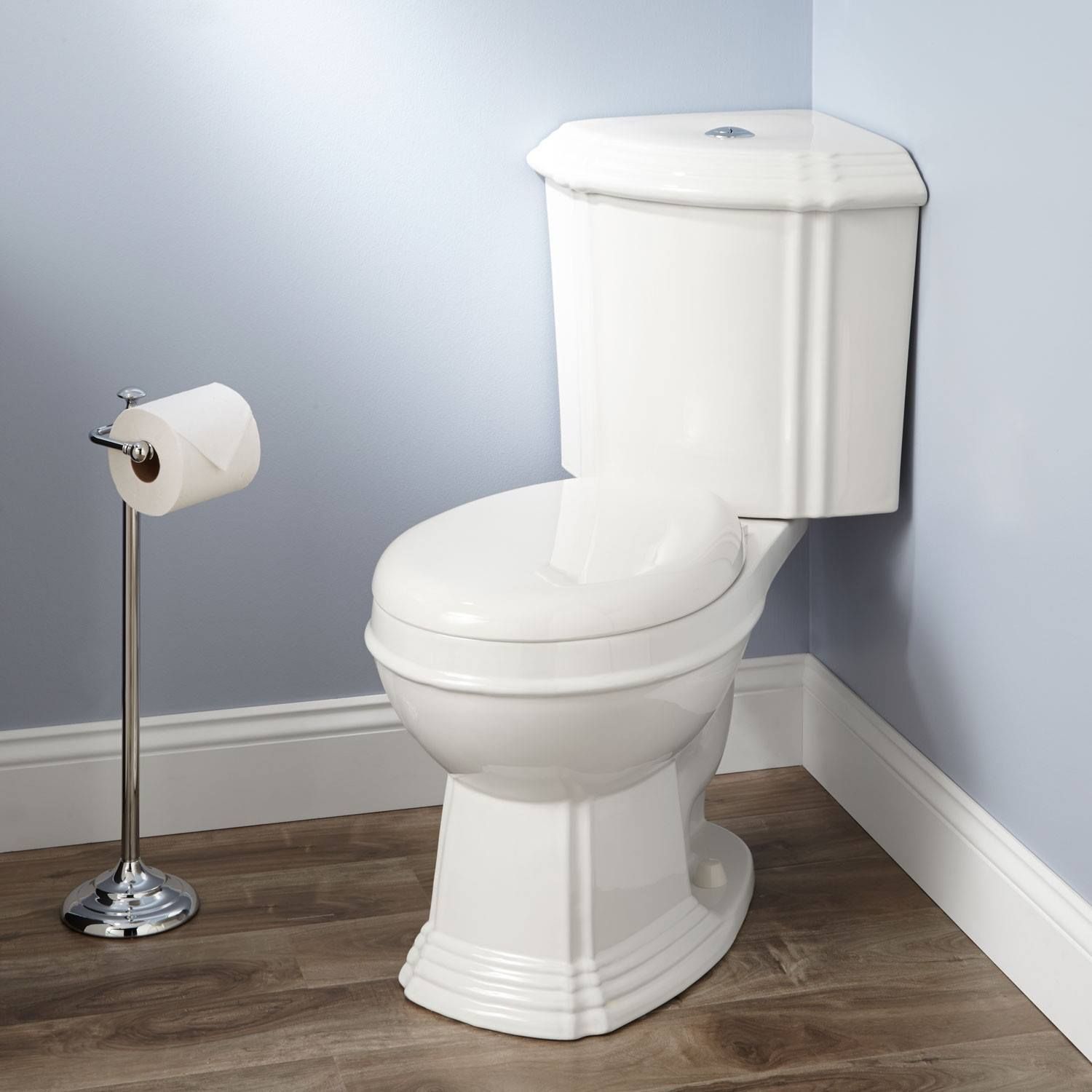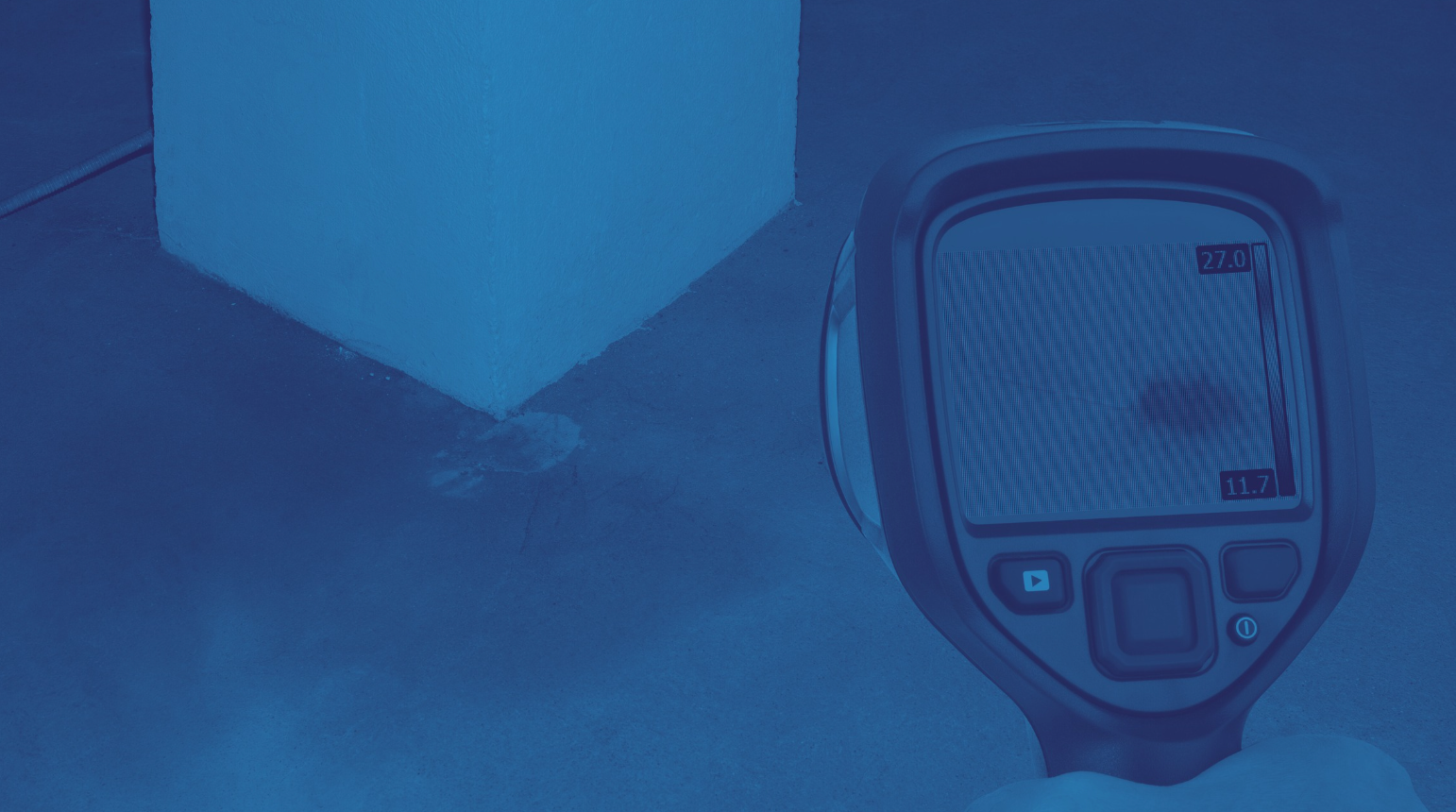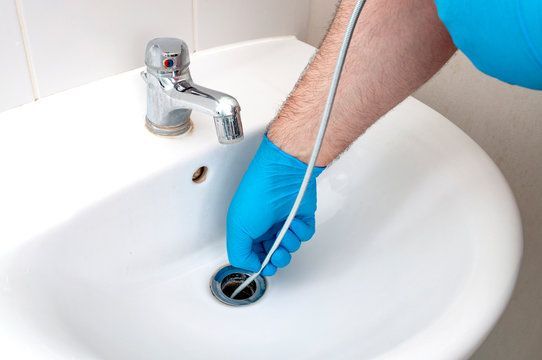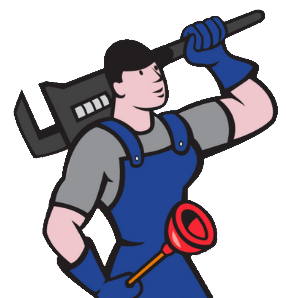Garbage Disposal Blades: How They Work and Why They Don’t Actually Cut
At Done-Rite Plumbing in Orange, CA, we know that garbage disposals have become an essential kitchen appliance in many households, helping make kitchen clean-up fast and convenient. But with so many disposal types and sizes available, it can be hard to choose the right one, and when issues arise—like that infamous humming noise—many homeowners aren’t sure what to do. In this guide, we’ll walk you through everything you need to know about garbage disposals, from selecting the right size to understanding maintenance tips. And remember, when in doubt, Done-Rite Plumbing is here to help!
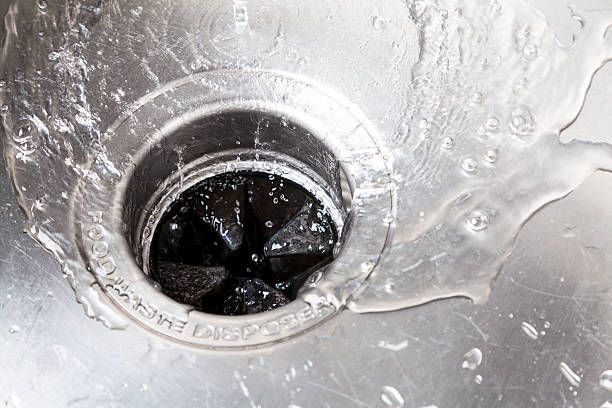
Understanding How a Garbage Disposal Works
A garbage disposal might seem complex, but it’s actually a straightforward machine. It works by using grinding chambers and impellers to pulverize food waste. When you turn it on, the flywheel spins rapidly, creating centrifugal force that presses food scraps against the grinding chamber walls. Instead of sharp blades, it has grinding teeth, or impellers, which help break down food scraps into tiny particles that can flow through your pipes. Knowing the basic workings of your disposal can help you identify and prevent problems before they get out of hand.
Choosing the Right Size Garbage Disposal
Selecting the correct disposal size involves considering both the available space under your sink and the amount of food waste you typically produce. For example:
- Cabinet Space Considerations: Measure the “free space” under your sink to ensure the disposal can fit comfortably around any fixed pipes.
- Determining Motor Power Needs: For singles or couples, a 1/3 hp motor is often enough, while families may prefer 1/2 or 3/4 hp models. For larger families or serious cooks, a 1 hp model can provide extra grinding power.
- Additional Sizing Factors: Consider the grinding chamber volume and check compatibility with your sink drain and pipes. This ensures your unit will function smoothly.
Having a plumber help with sizing can save you from common pitfalls and give you confidence that your new disposal will work effectively for years.
Common Issues with Garbage Disposals
Even with proper use, disposals can experience issues. A humming sound, for instance, usually means the disposal is jammed or receiving power without the blades spinning. Common causes include food jams, foreign objects, or electrical issues like a tripped GFI. When issues arise, it’s often best to call in a professional to avoid worsening the problem.
Professional Solutions for Common Disposal Problems
If you encounter humming, buzzing, or a jam that won’t clear, Done-Rite Plumbing can help diagnose and repair the issue quickly. Our team is skilled at addressing complex mechanical and electrical problems, so you can avoid the frustration of repeated troubleshooting attempts. Professional help ensures your disposal is restored efficiently and safely.
General Maintenance Tips for Garbage Disposals
To keep your garbage disposal running smoothly, here are some maintenance tips:
- Run cold water when using the disposal to help solidify grease, which makes it easier to flush away.
- Clean monthly with ice cubes to remove any buildup of grease or gunk.
- Avoid overloading the disposal with food scraps; instead, feed it in small batches.
- Steer clear of non-food items like silverware or jewelry to prevent damage.
By following these tips, you’ll extend the life of your garbage disposal and avoid unnecessary repairs.
Ensuring a Long-Lasting Garbage Disposal with Proper Care and Professional Help
With the right size, proper usage, and regular maintenance, your garbage disposal can provide many years of hassle-free service. Remember, though, that some problems require professional attention. Whether you’re installing a new disposal or troubleshooting an issue, the team at Done-Rite Plumbing is just a call away. Don’t hesitate to reach out to us for any garbage disposal or kitchen plumbing needs!
